Articles
- Page Path
- HOME > Korean J Community Nutr > Volume 17(4); 2012 > Article
-
Original Article
- Comparative Analysis of the Quality Attributes Affecting Students' Satisfaction on School Lunch Service of Middle School by Year
- Bo Sook Yi
-
Korean Journal of Community Nutrition 2012;17(4):479-493.
DOI: https://doi.org/10.5720/kjcn.2012.17.4.479
Published online: August 31, 2012
Department of Food & Nutrition, Hanyang Women's University, Seoul, Korea.
- Corresponding author: Bo Sook Yi, Department of Food & Nutrition, Hanyang Women's University, 17 Haengdangdong Sungdonggu, Seoul 133-793, Korea. Tel: (02)2290-2180, Fax: (02) 2290-2199, bslee@hywoman.ac.kr
Copyright © 2012 The Korean Society of Community Nutrition
- 923 Views
- 1 Download
- 5 Crossref
Figure & Data
REFERENCES
Citations

- Analysis of the Frequently Served Menus and Trends in Nationwide School Lunch Meals: 2021∼2023 Data from the School Meal Menu Information on the NEIS Open Educational Information Portal
Seo Ha Lee, Insun Kang, Bo Kyung Kwon, Hyo Bin Im, Min A Lee
Journal of the Korean Society of Food Science and Nutrition.2024; 53(10): 1084. CrossRef - Examining Boarding School Foodservice Satisfaction and Patronage of Sources of Meals
Christopher Mensah, Melody Enyonam Appietu
Journal of Culinary Science & Technology.2020; 18(6): 507. CrossRef - Improving Perception and Satisfaction on Middle and High School Foodservice: The Role of Student Participation Program in Serving School Meals
Jeong-Eun Park, Kyung-Suk Choi
Korean Journal of Community Nutrition.2018; 23(3): 243. CrossRef - A Survey of Satisfaction with Quality attributes of Meal Services for Low-income Children in Wonju
Hae Sook Oh
The Korean Journal of Community Living Science.2014; 25(2): 233. CrossRef - Evaluation of the Quality Attribute and Satisfaction on School Foodservice in 2010
Il-Sun Yang, Bo-Sook Yi, Moon-Kyung Park, Seung-Hee Baek, Yoo-Sun Chung, Jin-Yi Jeong, Yoon-Ji Kim, Hye-Young Kim
Korean Journal of Community Nutrition.2013; 18(5): 491. CrossRef
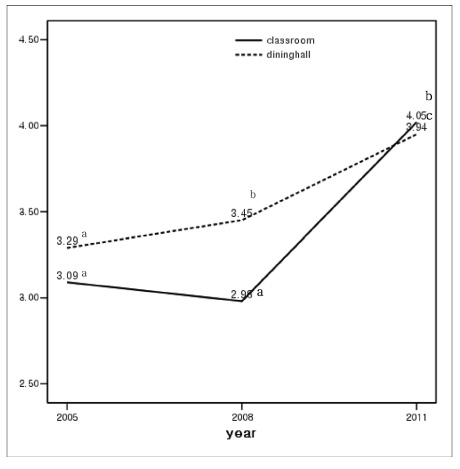

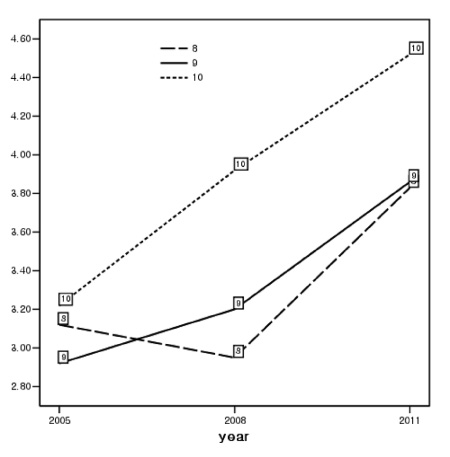
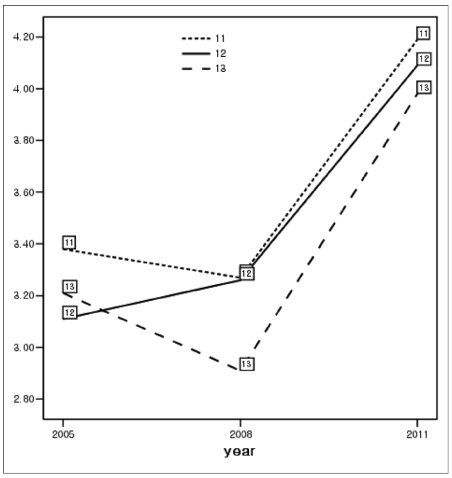
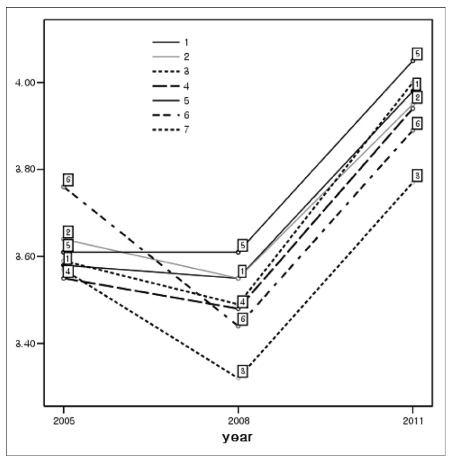
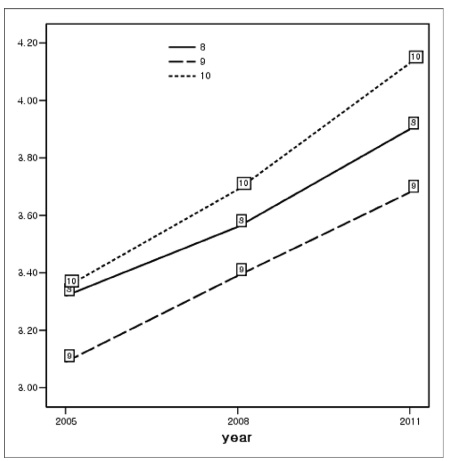
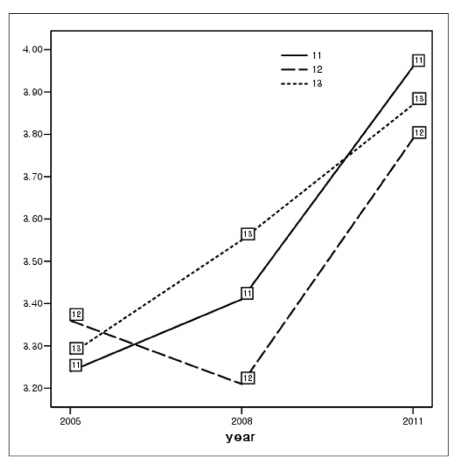
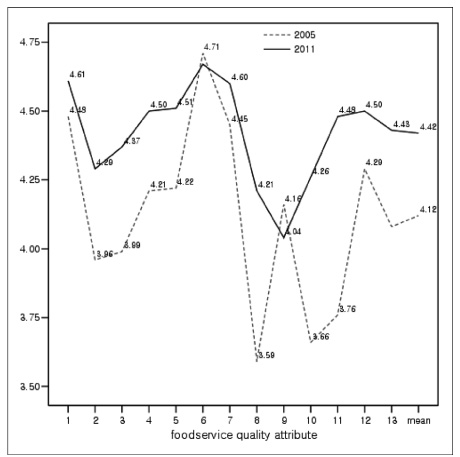
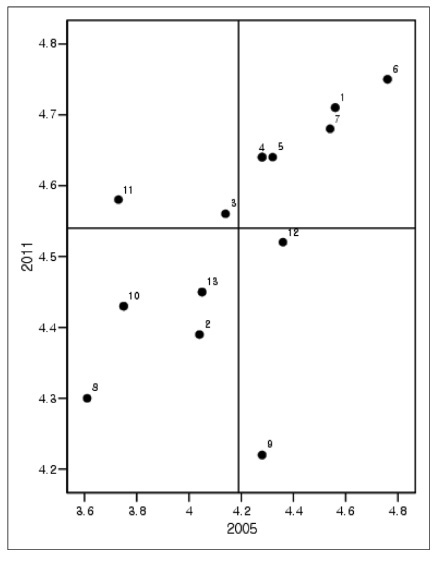

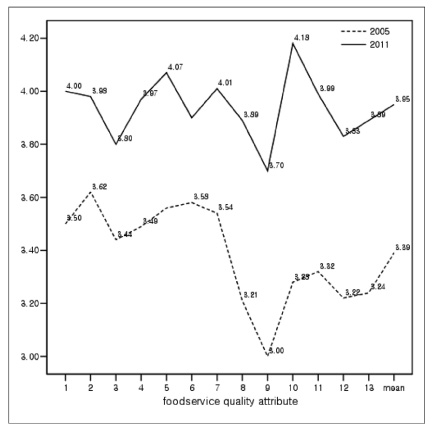
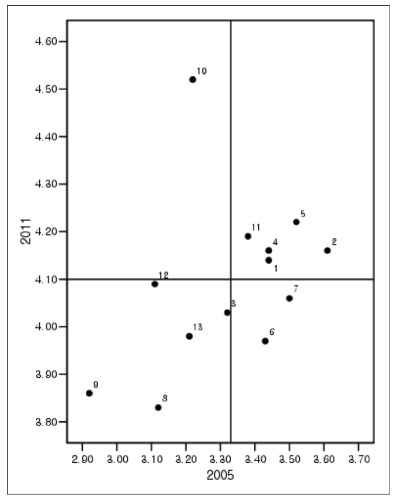
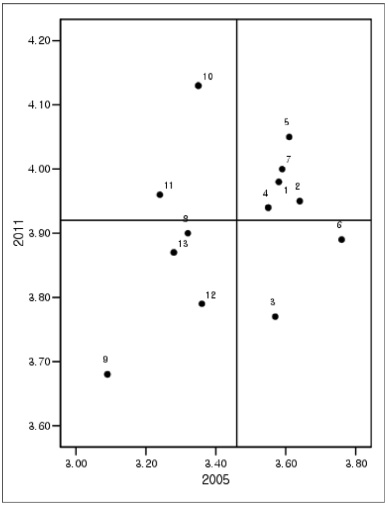
Fig. 1
Fig. 2-1
Fig. 2-2
Fig. 2-3
Fig. 3-1
Fig. 3-2
Fig. 3-3
Fig. 4
Fig. 5
Fig. 6
Fig. 7
Fig. 8
Fig. 9
Performance evaluation of foodservice quality attributes by year and dining area
1) Mean ± SD *: p < 0.05, **: p < 0.01, ***: p < 0.001
Foodservice quality attributes affecting students' overall satisfaction of school lunch service served in the classroom by year
VIF: Variance Inflation Function *: p < 0.05, **: p < 0.01, ***: p < 0.001
Foodservice quality attributes affecting students' overall satisfaction of school lunch service served in the dining hall by year
VIF: Variance Inflation Function *: p < 0.05, **: p < 0.01, ***: p < 0.001
1) Mean ± SD *: p < 0.05, **: p < 0.01, ***: p < 0.001
VIF: Variance Inflation Function *: p < 0.05, **: p < 0.01, ***: p < 0.001
VIF: Variance Inflation Function *: p < 0.05, **: p < 0.01, ***: p < 0.001

 KSCN
KSCN

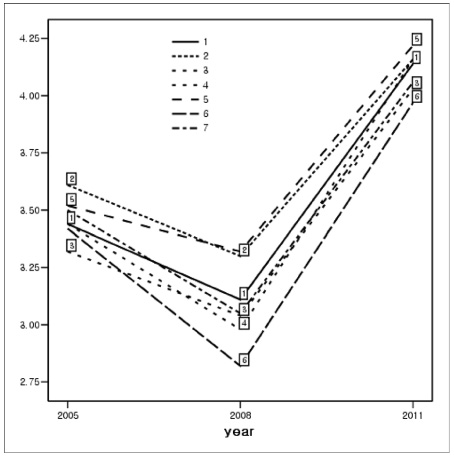







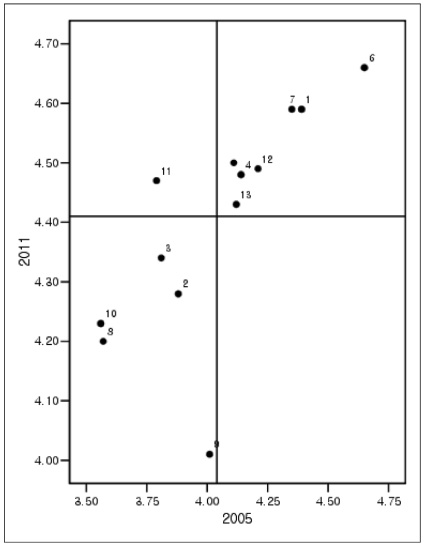






 PubReader
PubReader Cite
Cite


